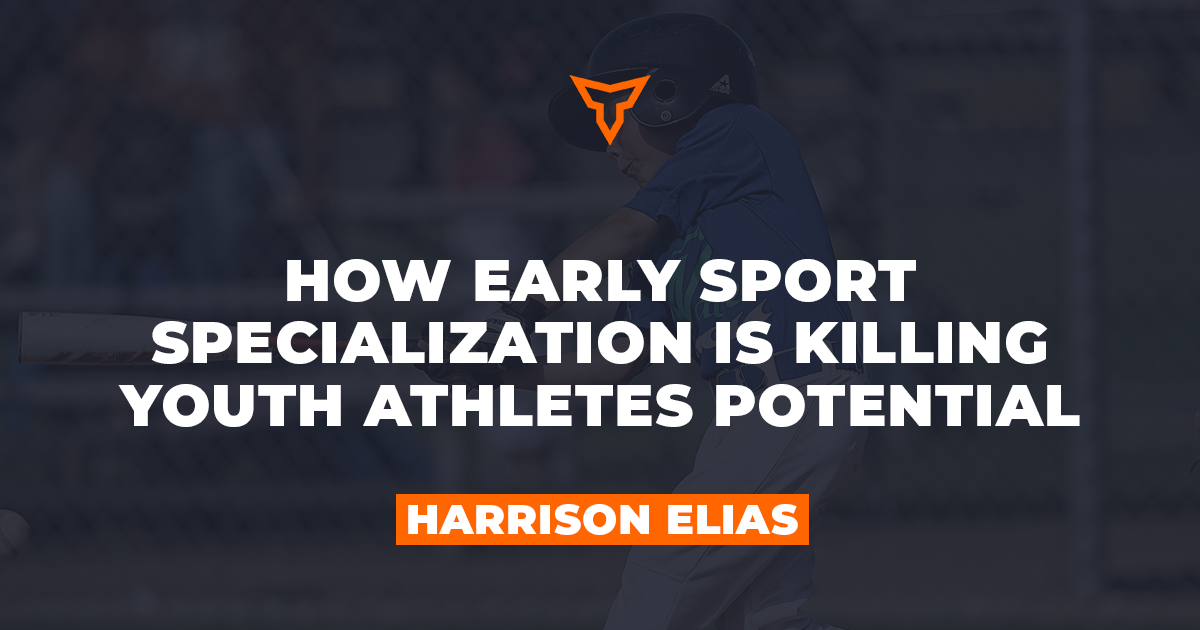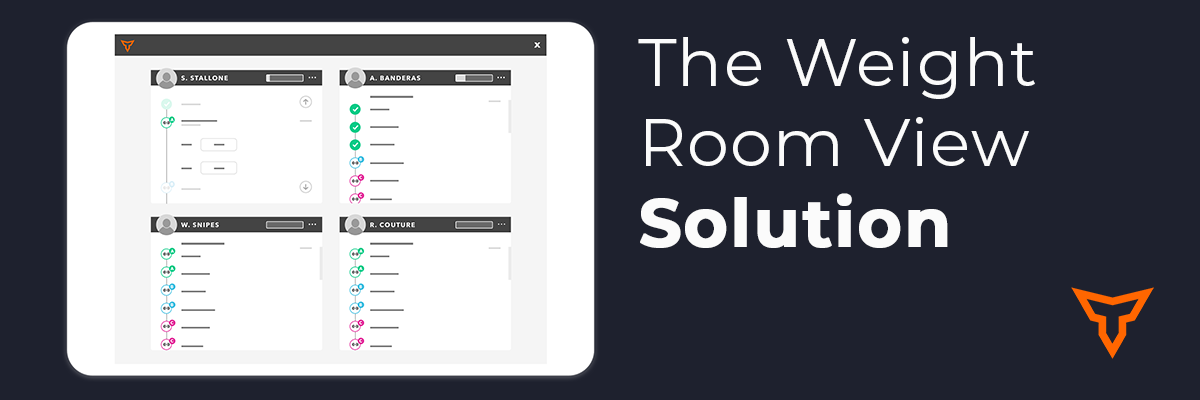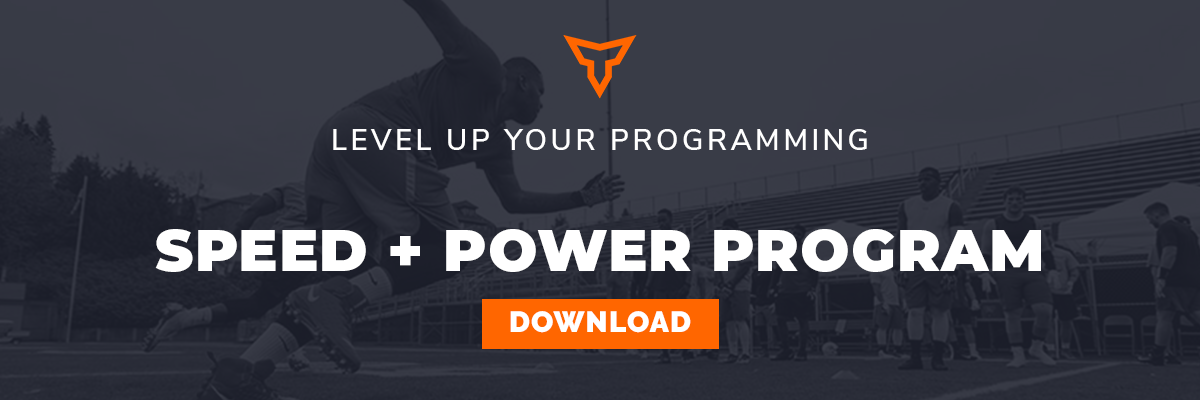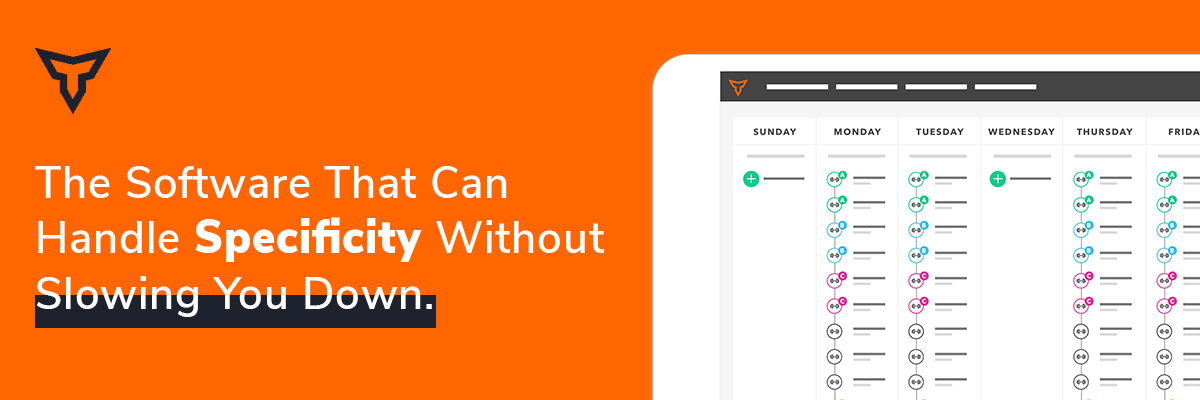4 Physical Elements Of Developing Sports Performance
Trying new things is important for us as humans and as coaches. I have recently picked up a hobby in MMA training which I have zero experience in but it is allowing me to be coached by someone else as well as learn how to be a beginner again. Through this, I have started realizing the different training styles of combat athletes and while athletes will try to mimic another athlete's style, they will eventually develop their own. This ultimately comes down to the way they like to train, mentally and physically.
As I have recently begun training military, I have seen this a few times with our assessments in a wide variety of physical testing. Individuals will thrive extremely well in one specific type of training (i.e. strength) and not so much in the other such areas (i.e. conditioning). In a military application, to say one specific physical trait is more important than another is not a balanced view as an athlete will experience a variety throughout their training.
We should be taking this same approach as coaches to our athletes. In any sport or movement, an athlete is going to have a trait that makes them excel in specific areas and a trait they may be lacking in others. For some, that may be a wide discrepancy in performance for others not so much. It should be our goal to minimize that gap or help them reach the bare minimum physical standard to reduce the distance between these areas and help the athlete improve their overall strength and conditioning or sports performance.
Four Physical Elements of Sports Performance
In any movement or sport, there are essentially 4 physical traits an athlete will have to display or use; strength, speed, conditioning, and positioning.
1. Strength
When talking about strength we are describing the ability to generate and absorb maximum force. Clearly, co-contraction plays an important role in this category, which is the simultaneous contraction of two or more muscles around a joint. With that definition, we must also consider bodyweight since in some sports/activities maximum bodyweight plays a factor, like wresting or shot put.
2. Speed
When defining speed, we are referring to the ability to move to or generate force at maximum velocity and the importance of reciprocal inhibition in achieving maximum velocity -- the process of muscles on one side of the joint relaxing to accommodate contraction on the other side of the joint. When moving at high velocities sometimes it’s not always the ability to generate high force but the ability to relax to prevent your body from slowing itself down. When it comes to improving speed, efficiency in elastic qualities is key, which is the ability to rapidly absorb force and reapplying it in the fastest manner possible.
3. Conditioning
Conditioning also plays a key role in how well the athlete can meet the energy production demands of their sport/ activity. Conditioning provides the fuel that the muscles need to contract to complete the task of a movement. How an athlete is conditioned could have a lot to do with energy system development or their repeat power ability.
4. Positioning
The final factor in the 4 physical traits is positioning, which is the most difficult to define since it consists of efficiency of movement -- the ability to get in and out of certain ranges of motion. We know strength is positional dependent because when discussing range of motion there are end ranges on both spectrums. One end being able to move a joint freely through an entire range of motion it was designed with perfect stability, and on the other being able to move quick/explosive in a short sport-specific range of motion. Most athlete’s or individuals’ positional capabilities are somewhere in the middle.
Having efficient movement and mobility is going to be an important factor in this category as well. I believe modalities such as RPR (Reflexive Performance Reset) and FRC (Functional Range Conditioning) have become popular is due to the great carry over to efficient movement. The most difficult task is curating a test that pertains to the population you are working with because, with each sport or population, an individual is going to utilize different ranges of motion.
We’ve all heard it from the strength coach “Strength is the only thing that matters!” Or from the speed coach “You just need to be fast!” Or more similar sayings from the work capacity coach, the mobility coach, the sport-specific coach, etc. There are coaches specialized in these areas for a reason -- they are all important! But how much an athlete will use each category can depend on a few factors such as, the sport they play, their specific playing style, and even the coach's game plan.
It is my belief as a strength and conditioning or sports performance coach our goal should be to improve all of these to an extent.
From a cross-country runner to a shot put thrower, athletes will require all of these traits to an extent but the ratio of importance will just need to adjust. And as with most things in strength and conditioning, these 4 categories will continue to build off of each other. Improving one will give others the potential to improve, especially in athletes with a low training age.
Looking at the pie graphs below, I broke down the strengths and weaknesses of 3 athlete’s physical traits and will be using basketball as a point of reference for sports performance.

Athlete #1
- Strength and speed are both at 10%. This could mean they don’t bring a lot of physical qualities but overcompensate with flawless basketball techniques, like being able to get in and out of position or being able to quickly catch and shoot with accuracy. They are likely to be more susceptible to an overuse injury due to an inadequate baseline strength.
Athlete #2
- The percentages have shifted to say their physical traits are greater but conditioning as decreased. They could be more susceptible to an injury by overtraining or even trying to play in a fatigued state and not being able to handle the demands of the game.
Athlete #3
- With higher percentages of strength, speed, and conditioning but decreased positioning, it is safe to say that this athlete is strong, explosive, and in shape. However, they might not be able to get into adequate positioning during the game due to restrictions like being too tight to play lower and they might be more susceptible to a soft tissue injury.
By creating a visualize chart it gives us an unbiased opinion of what each athlete might need specifically to improve on. As strength and conditioning/sport performance coaches we understand that the body or CNS (Central Nervous System) can only handle so much stress. This is why I believe it is important to work towards the bare minimum physical standards to meet competition demands so you do not take away one category working towards another. The outside border of the pie chart would display the athlete’s tolerance to handle stress. Athletes with a low training age may demonstrate a smaller overall training graph because they cannot handle the high training volume that an athlete with multiple years of training might have.
When training individuals with low training ages it is important to gradually increase the tolerance, volume, or size of their pie graph through the course of training. This specific type of training is what I would refer to as GPP (General Physical Preparation), by gradually increasing the tolerance of stress, it allows the athlete to train more in each category with proper progressions and adequate recovery for adaptation to occur. **Adding more and more volume will not lead to adaptation**
It’s also important to note that personal stress will play a factor in that pie chart as well. If someone has a recent tragic event, that will fill up a portion of their stress tolerance pie graph (personal section). This is something that needs to be considered as well when training.
In the end, it is literally our job as strength coaches to understand the demands that are involved with the sport(s) we are working with. We need to understand the game plan style of the coaches and the playing styles of the athletes we are working with because we have a huge influence on what factors can improve but we have to make the best decisions for the athletes based on data versus our own opinions.
Subscribe to our blog
Subscribe to receive the latest blog posts to your inbox every week.
Related posts

6 Programs That Your Athletes Can Do At Home
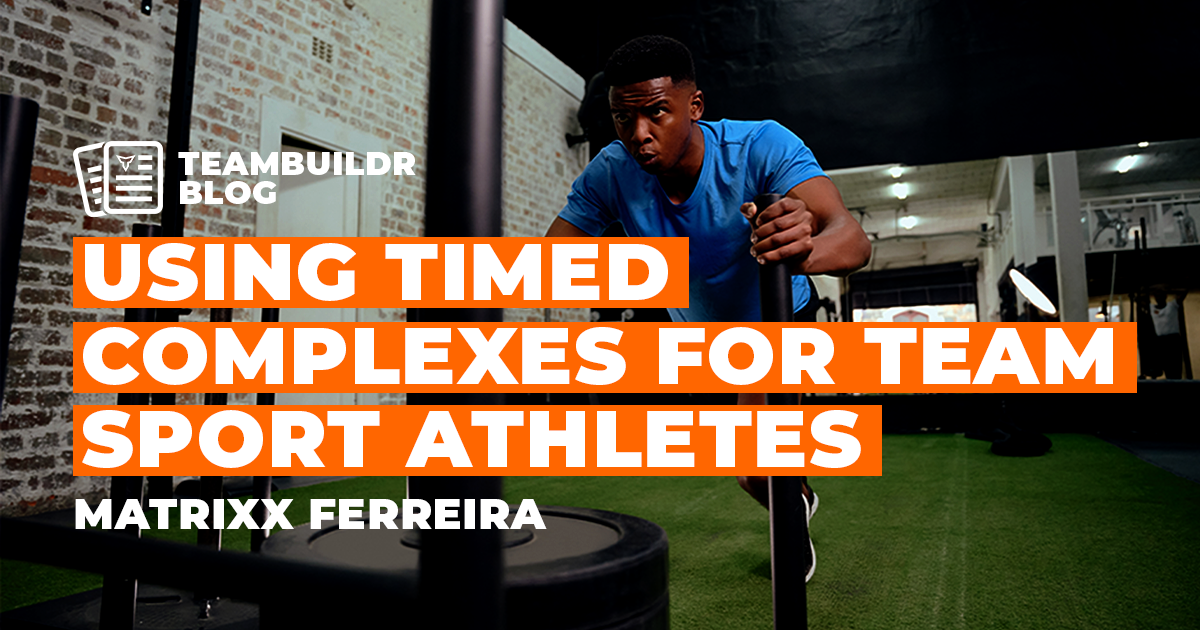
Timed Complexes: Enhancing Team Sport Athlete Performance
